Case Studies
Learn more about how our customers use Varnish to power their digital experiences.
Our Customer Use Cases

Music Streaming Disruptor
Read how this music streaming service meets their capacity, availability and no latency needs with Varnish Enterprise.

Major US Furniture Retailer
In separating the internal and external serving of content, this national furniture retailer's engineering team found the perfect fit in Varnish.

Transparent Edge
Transparent Edge’s Varnish-based CDN delivers flexible content caching for diverse caching needs

APA-IT
APA-IT serves multiple media customers by using Varnish Enterprise for flexible, live and on-demand video streaming at scale.
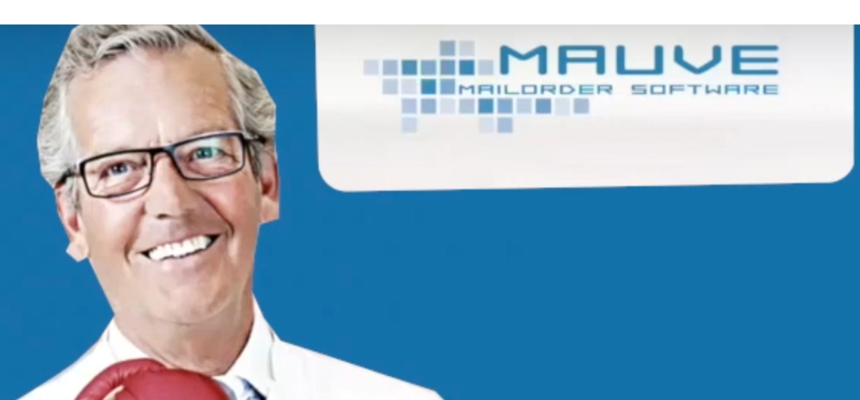
Mauve Mailorder Software
Mauve migrates from Varnish Cache to Varnish Enterprise to gain speed and control of content on the edge.

PrettyLittleThing
PrettyLittleThing moved from Varnish Cache to Varnish Enterprise to optimize their caching architecture and maximized server efficiency by 5 times.

The Hindu
The Hindu leverages Varnish Enterprise to supercharge and automate their cache purging to save time and money.

Nowcom
Nowcom uses Varnish for both frontend and backend caching to achieve up to 15x savings on Azure bandwidth costs

RTÉ
RTÉ needed to evolve their existing Varnish-based private CDN solution to future-proof broadcasting capabilities, as broadcasts move to streaming-first distribution.
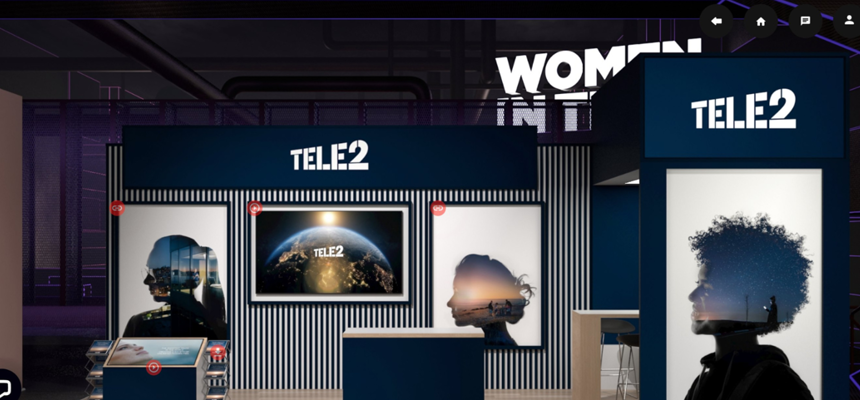
Tele2
Tele2 used Varnish Enterprise as a backend to power flexible, scalable video streaming using their own Varnish-based CDN.

Future Publishing
Varnish enables Future Publishing to achieve a robust and reliable caching layer for highly available content delivery across its media properties
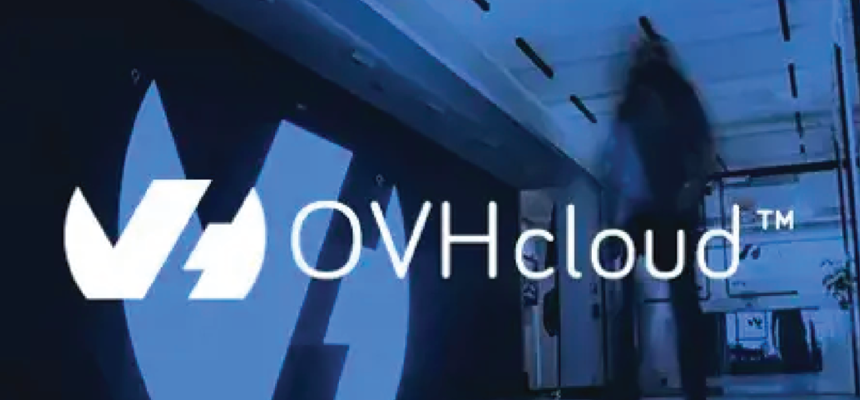
OVHcloud
OVHcloud leverages the CDN technology Varnish offers to enable a simple, pre-defined CDN setup for customers.
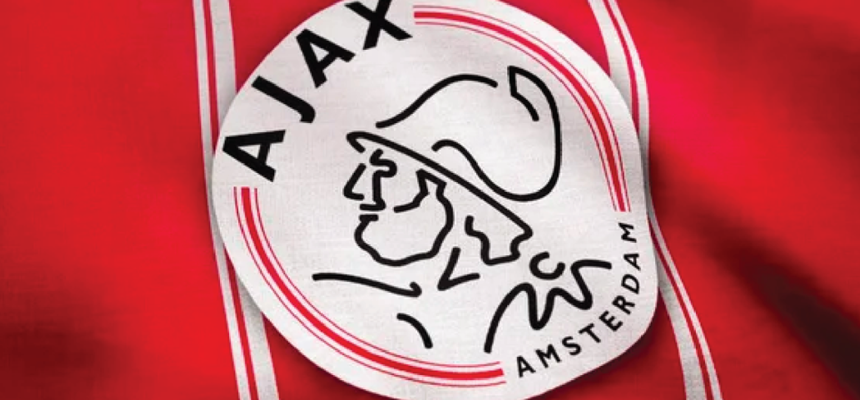
Ajax FC
Ajax FC, one of Europe’s most popular football clubs achieves a 97% cache hit rate and no downtime with Varnish Managed Services

Dos Al Cubo
Dos Al Cubo uses Varnish Enterprise in AWS cloud to reduce resources needed for high-uptime, high-performance content delivery.

Major European Retailer
One of Europe’s largest retailers relies on Varnish for performance, resilience, cost management and improved user experiences on their online shopping website.

Telia Company
Given the acquisition of TV4, MTV and CMore, Telia Company needed to re-evaluate the current CDN strategy and decided to build their “next generation” CDN together with Varnish as a key partner.

Multinational Cosmetics Brand
Major multinational cosmetics and beauty brand uses Varnish Enterprise as a robust origin shield, making sites 100% shoppable, even during server outages.

MotorTrend
MotorTrend Group is the largest automotive media company in the world. They use Varnish Enterprise for efficient, centrally managed caching.
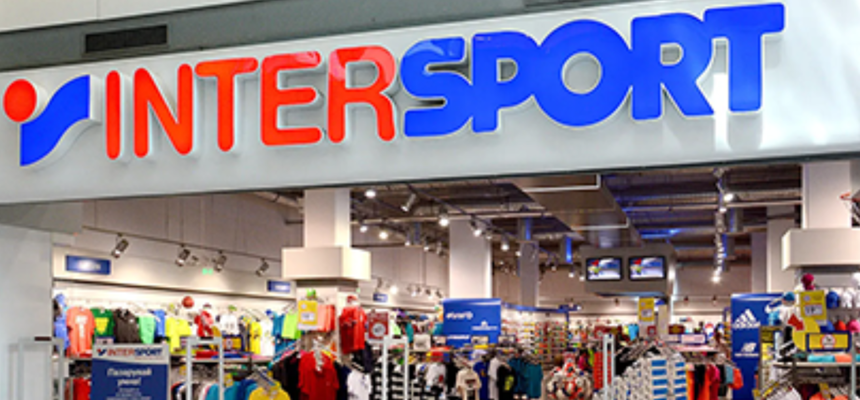
Intersport
Intersport is one of the world’s leading sporting goods retailers. Their challenge was to adopt configurable, agile cache management to ensure accuracy and performance, implement initial line of defense against bot/DDoS attacks and improve user experience with faster page loads

BurdaForward
BurdaForward uses Varnish for web application acceleration and high-performance content delivery across its web properties.

University of Helsinki
The University of Helsinki uses Varnish Enterprise to secure speed, performance and redundancy for its Drupal-based public website.

Neue Zürcher Zeitung (NZZ)
Neue Zürcher Zeitung is a media group in Switzerland, publishing several titles. NZZ uses Vanish Enterprise to ensure fast performance and content delivery.

Servcorp
Servcorp uses Varnish Enterprise to supercharge the speed and performance of their local websites from a centralized, global CMS.

University of Wuppertal
The University of Wuppertal (Bergische Universität Wuppertal, or BUW, in German) uses Varnish Enterprise to boost performance, redundancy and strengthen its video-on-demand streaming capabilities.
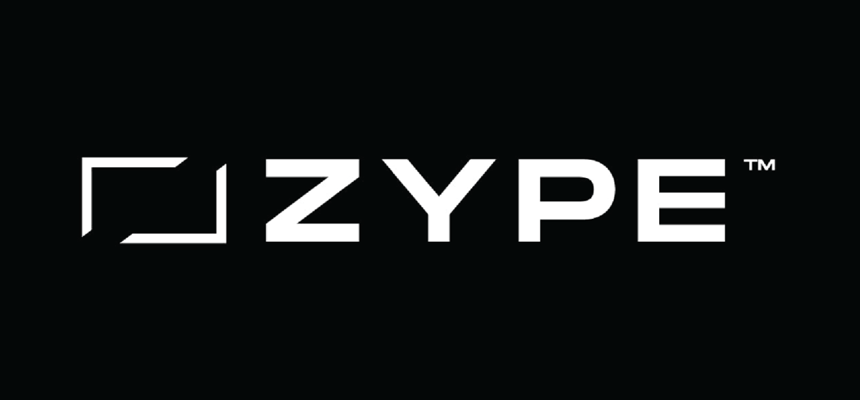
Zype
Zype helps to connect the world’s streaming video and viewers and uses Varnish Enterprise as a frontend cache for performance and efficiency and as a reverse proxy to replace AWS Gateway, AWS Lambda and AWS CloudWatch.

Västra Götaland Regional Council (VGR)
VGR uses Varnish Enterprise and support for availability of services and to reduce latency while ensuring uptime to deliver the most current information in emergency situations.
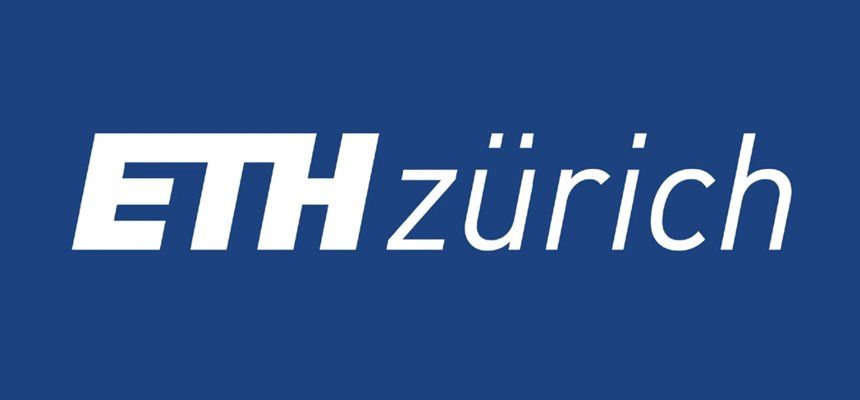
ETH Zurich
ETH Zurich is a major science and technology university in Switzerland. Their challenge was replacing Adobe Dispatcher with faster, more flexible and granular caching solution in front of Adobe AEM for network of over 600 websites.
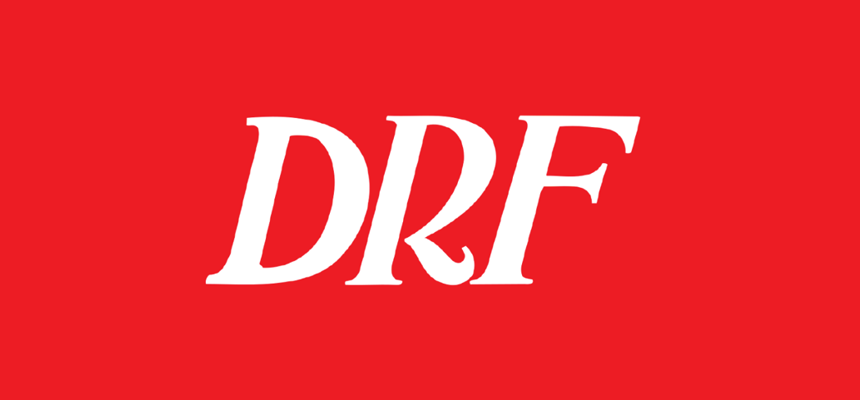
Daily Racing Form (DRF)
Daily Racing Form, America's dominant horse racing media authority since 1894, required a faster, more scalable paywall solution and turned to Varnish.

Canton of Geneva
République et Canton de Genève was implementing a major website overhaul, and needed to find a solution that would achieve scalability, security and high availability.

CBC
CBC, Canada’s public broadcaster, and its website, cbc.ca, face the same content delivery and scalability challenges as most world-leading media properties in the current digital landscape.

Virtual Expo
Virtual Expo built its own global CDN in 2013, which consists of ten individual bare-metal SSD-backed servers rented from various web hosting companies. Aiming at improving response time by allowing stale content to be served and store as many objects as possible with a long TTL, Virtual Expo turned towards Varnish Plus Cloud on AWS.

Com Hem
Com Hem wanted to offer seamless, reliable, high-performance OTT (live and VoD) video streaming. They used Varnish to build their own Private CDN with which to serve and control content.

Eurosport
Eurosport, the leading European television sports network, uses Varnish Streaming Server to stream live and OTT content in multiple video channels for major sporting events by building their own CDN and taking back control of their content and business logic.

SFR
A major telecommunications company used Varnish Private CDN to build its own CDN and to embrace Varnish's high-performance and flexibility advantages.
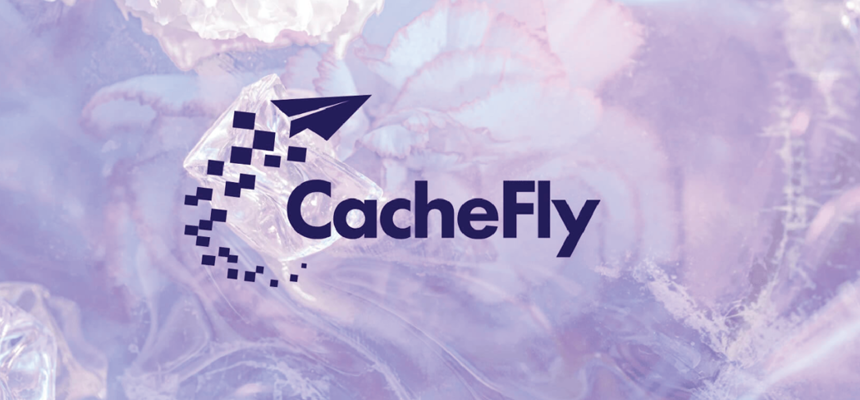
Cachefly
CacheFly, a leading CDN provider, relies on Varnish Private CDN to supercharge their high-performance content delivery offer.

Boozt
Boozt Fashion, a Swedish e-commerce leader, aimed to keep operations lean and efficient while delivering high-performance, personalized e-commerce user experiences. Varnish helped Boozt manage these challenges.

Nikon
Learn how Nikon cut their page response times by more than 50% and improved organic traffic by more than 60% during the three months following their implementation of Varnish.

Morningstar
Serving fresh data is vital for Morningstar, a leading provider of independent investment research in North America, Europe, Australia, and Asia. With Varnish Administration Console, a solution in the Varnish solution suite, they are able to serve their customers fresh data in a consistent manner.

RTÉ
Ireland’s National Public Service Broadcaster (RTÉ) relies on Varnish for delivering content. It has now become an essential part of their toolkit.

Sheego
Sheego depends on Varnish for advanced web caching support, content replication and resilience for their business-critical online shop site.
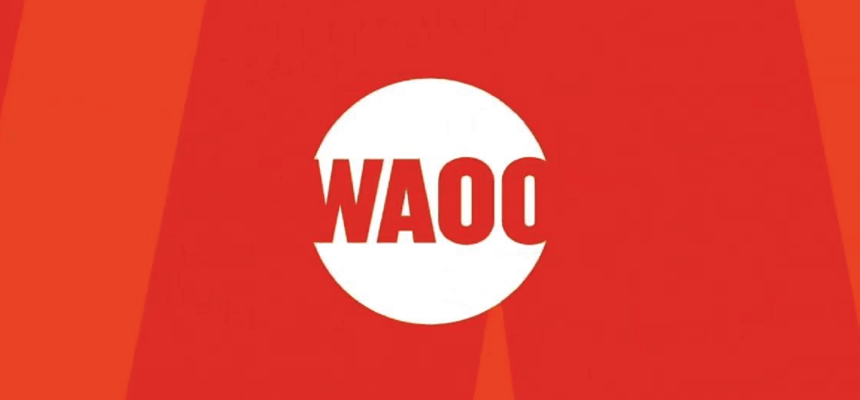
Waoo
Waoo is a national content and fiber broadband company in Denmark. It provides digital experiences to fibernetworked consumers in Denmark. This includes TV, internet and telephony services.
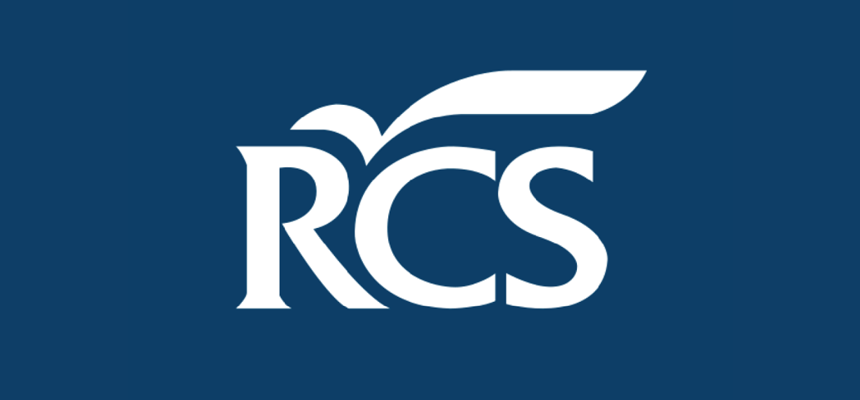
RCS
With the support of Allenta, RCS MediaGroup implemented Varnish for advanced access control solutions for their digital media properties.

La Nación
With the support of Allenta, leading Argentine newspaper, La Nación, used Varnish to develop an advanced paywall solution that offered flexible, high-speed, granular access control.
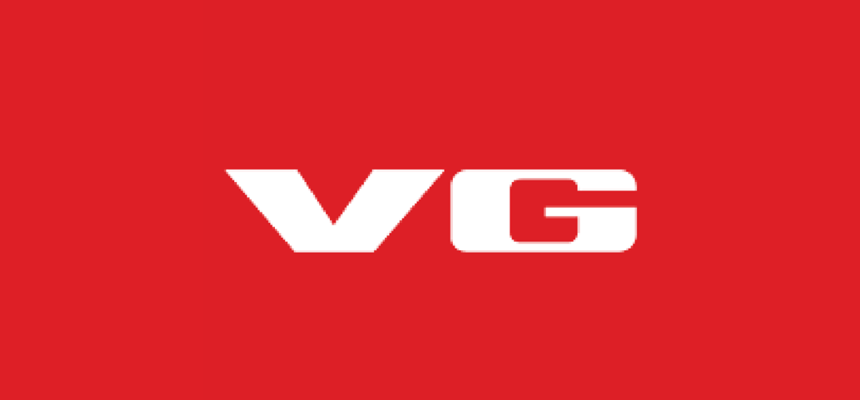
VG.no
This case study describes how Norway’s most popular online news site uses Varnish Custom Statistics solution to monitor web traffic and resolve problems in real-time.
